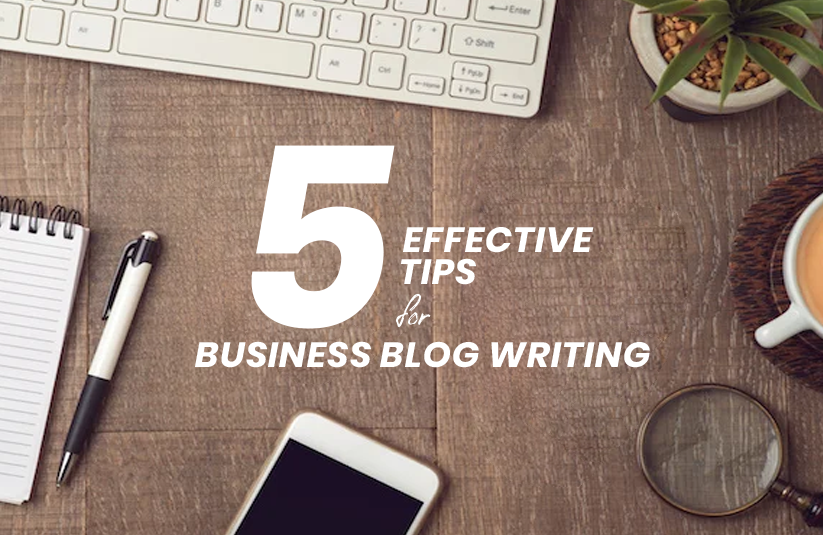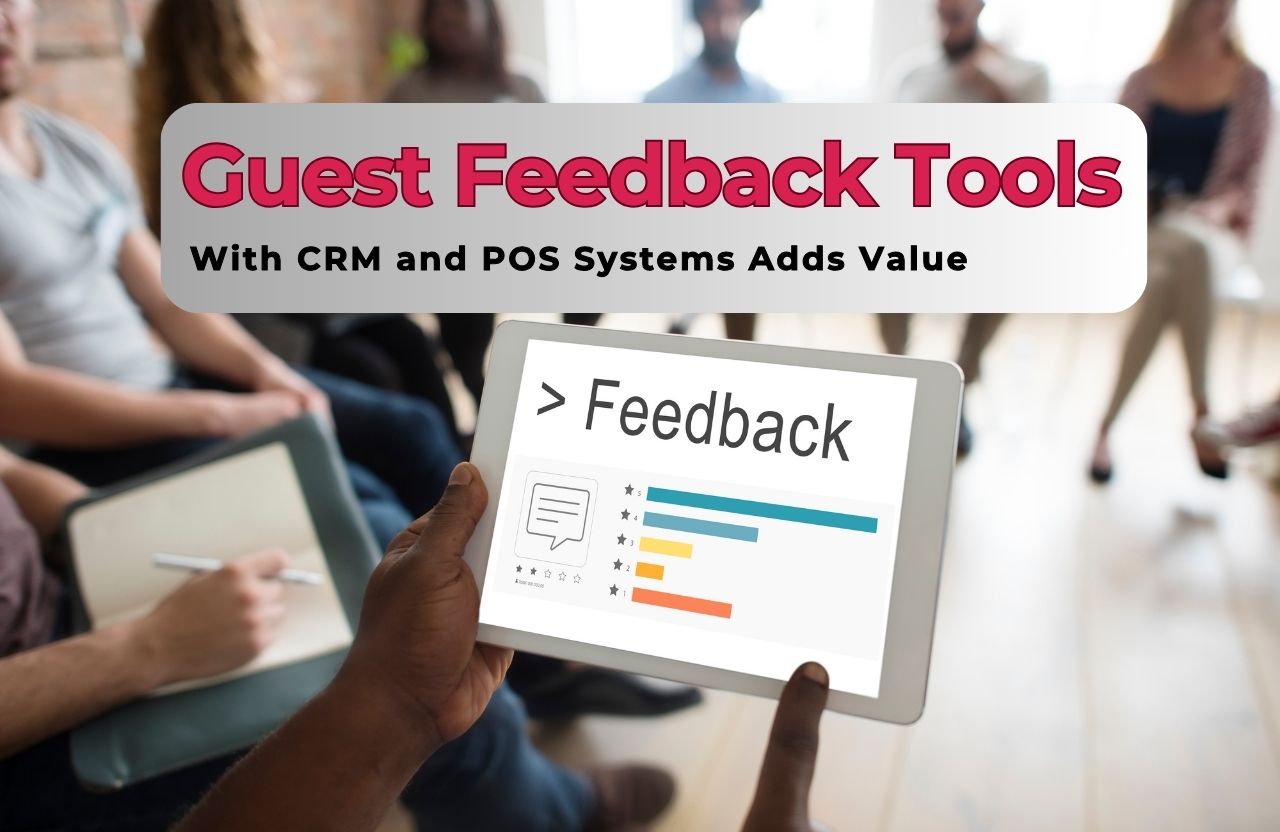Blog posting seems easy as everyone believes that if you have proficiency in English, you can write a blog. However, if you want to write a blog that people would love to read, you might have to learn a few tips and tricks.
A blog post aims to add value to customers’ or users’ queries. You can write a blog about literally anything. This means that a large variety of users online are visiting blogs daily.
But simply visiting is not enough; the idea behind writing a blog is that people develop an interest in reading that blog. The idea is to keep people engaged with your blogs as it describes the credibility of your content.
Therefore, today’s article will describe essential tips for bloggers who can guide them to write engaging blogs. We will also discuss how technology can influence your blog writing progressively.
1. Perform Audience and Keyword Research
The first step of blog writing is knowing your audience, which many writers commonly overlook. This approach combines various factors in which the most crucial element is the customer’s or user’s perspective.
1. Write for the Audience
Instead of what to write, a blogger should focus on who to write for. The ideal topic for your blog post should target a particular group of people. It also depends if the subject of your blog is related to the trending posts or queries.
2. Add Value
The content in your blog post should relate to what people are looking for. The entered keywords against the user’s queries can be extracted using Google Analytics tools. In this way, bloggers can get an idea about the content they should feature in the blog post.
3. Find The Topic
Once you have researched the keywords and nature of the audience, you have to choose the topic. The topic should include the necessary keywords that answer the user’s query. These topics can be similar to the top-ranking posts and pages.
4. Attractive Headline
The headline of your topic should be compelling, so it attracts the audience’s attention and compels them to click on it. It all depends on the headline and whether your blog post will be read.
Read More: Why Content Marketing is Important for Business?
2. Make it Readable
Now that you have learned how to begin your writing, it’s vital to make your content more readable and unique. Blog writers usually perform like a paraphraser to present some information from a source in their style.
1. Keep the Paragraphs Short
But they are putting bulks of information that won’t do any good if they are not appropriately structured. You have to make things readable by keeping sufficient spacing between the sentences and paragraphs.
Each paragraph should have a maximum length of 2 to 3 lines, which is appropriate to read a specific piece of information. This length should be maintained by several sentences explaining the particular kind of information.
2. Include Headings and Subheadings
Headings and tags are the best way to structure your information in a categorized form. Sometimes, people are only skimming through the data in a blog post. They read the title head and then scroll along to find the best portion that answers their query.
When you categorize information in headings and subheadings, it becomes easier for users to navigate through your content. Keep in mind that main headings and subheadings should have relevance to each other.
3. Feature Bullet Points
The nature of information should be portrayed through the formatting of the content. For example, if you’re featuring guidelines in your article, it’s appropriate to consider bullet points.
Bullet points make it easier for users to go through the article, and it helps keep them engaged as they remain curious about the next step in the process.
3. Make it Unique
Many blogs online might post about the same topics as your platform. But the thing that should set your platform apart is the uniqueness and authenticity ratio. The audience is only interested to read the information that is not available anywhere else.
1. Expand Your Research
Perform thorough research on various topics and queries from different resources. If you find an article online similar to your blog post, then it doesn’t mean you should paraphrase everything from there. Rely on multiple resources to authenticate data and information before featuring it in your content.
2. Avoid Plagiarism
But it becomes a considerable challenge for bloggers to research content from online resources. That’s where the threat of plagiarism arises. But the most straightforward technique to avoid this is by following the paraphrasing technique. Bloggers can utilize the functionalities of a paraphrase tool to streamline the process of paraphrasing, making it an effortless technique to ensure content originality.
3. Use Online Tools
To maintain the quality and ranking of your web content, blog writers prefer to use a rephrase tool that paraphrases content with just a click. Bloggers can maintain the uniqueness of the content by using these online tools.

4. Provide Credible Resources
If your blog is credible enough, people will find it worth sharing. But initially, this progress is only possible if your blogging content answers users’ questions.
1. Linking Technique
An effective technique to make your blog post more credible is featuring a link to another source or blog in your content. This featured backlink or internal link should include information similar to your blog’s content.
2. Add Call-to-Action
Featuring an appropriate call to action in the content persuades people to reach out to other resources. For example, you can instantly add a social media sharing button to share your blog post.
5. Include Visuals
Any blog is probably incomplete without visuals. Images are something that grabs the audience’s attention effortlessly.
Unlike a catchy article, users don’t have to read out or analyze the image to understand the blog. But before adding any visuals or images, make sure that these images aren’t penalized by copyright infringement.
1. Maintain A Theme
The visual effects in your blog should follow a specific color pallet that should be displayed everywhere. There are different kinds of images you can include in your blog posts.
Start by adding an attractive cover image that impacts your visitors’ first impression. Then you can include an image to represent each heading in your blog post. If you’re writing a review or informational article, adding a screenshot would be appropriate.
2. Infographics
Infographics are another great way to guide your audience about the blog and its contents. This should be featured in the cover or title image of your article.
You can also add these graphics in various blog sections to explain what is written in the specified heading. But make sure not to flood your infographics with text.
3. Animations
Animations like GIFs effectively guide people better while scrolling through the blog. You can add animations that display a suggestion box or present tips in a floating avatar. These minor additions keep users intact with the blog and its contents.
Conclusion
Blog writing is engaging yet informational for both readers and writers. But simply writing some news or guideline in plain English is not blog writing. Writers have to focus on structure, presentation, formatting, and visualization to make their blog stand apart.
Besides the accurate delivery and authentic information, it is crucial that this information is being delivered to the targeted audience. Therefore, writers have to focus on the optimization factors to promote our blog’s credibility.













